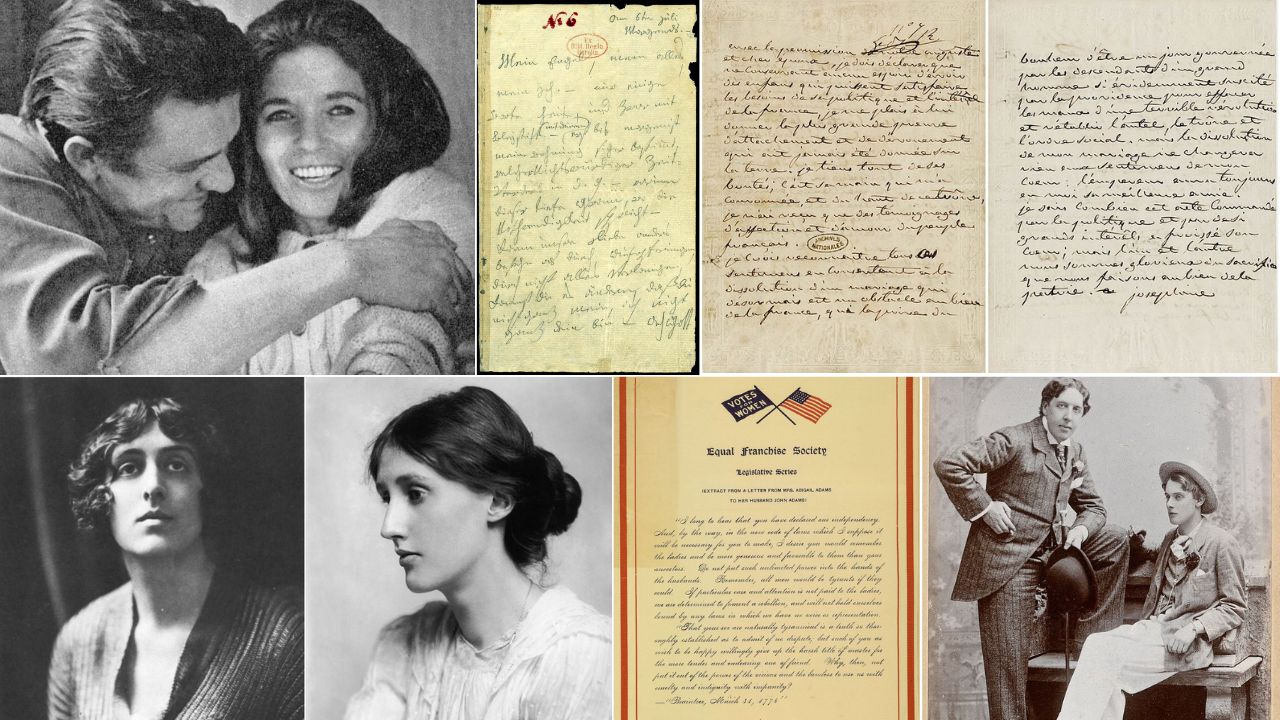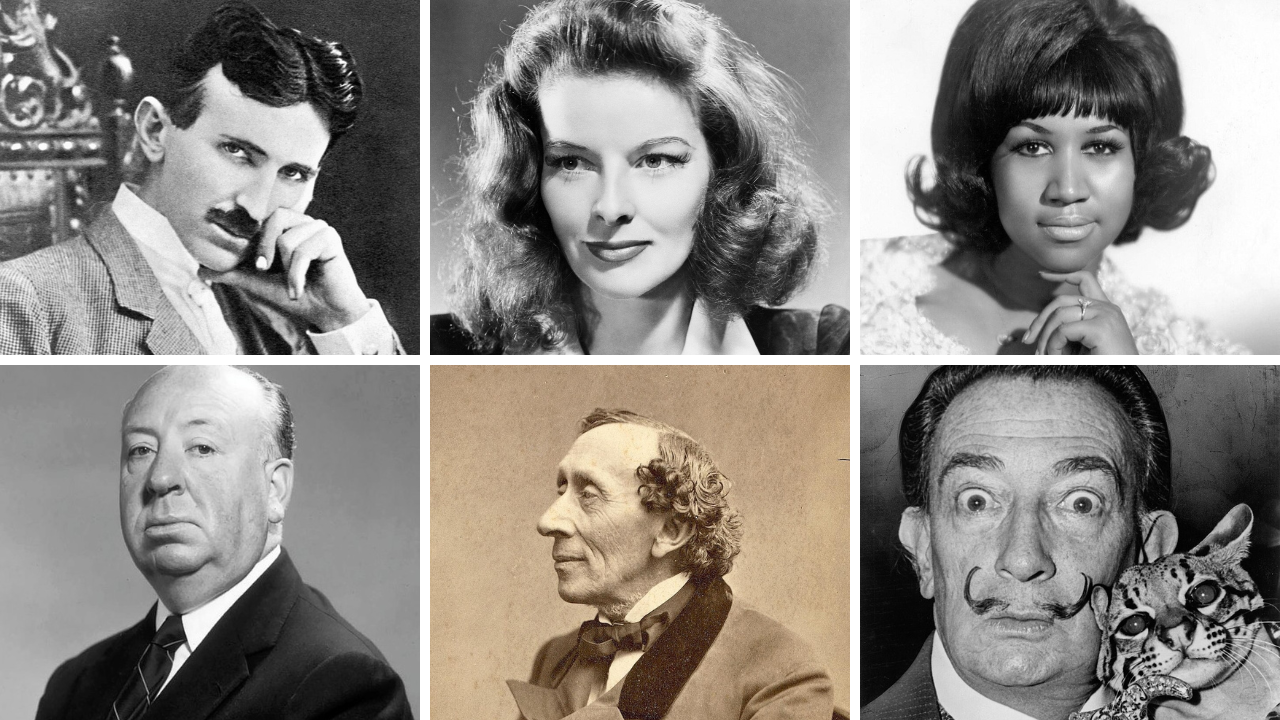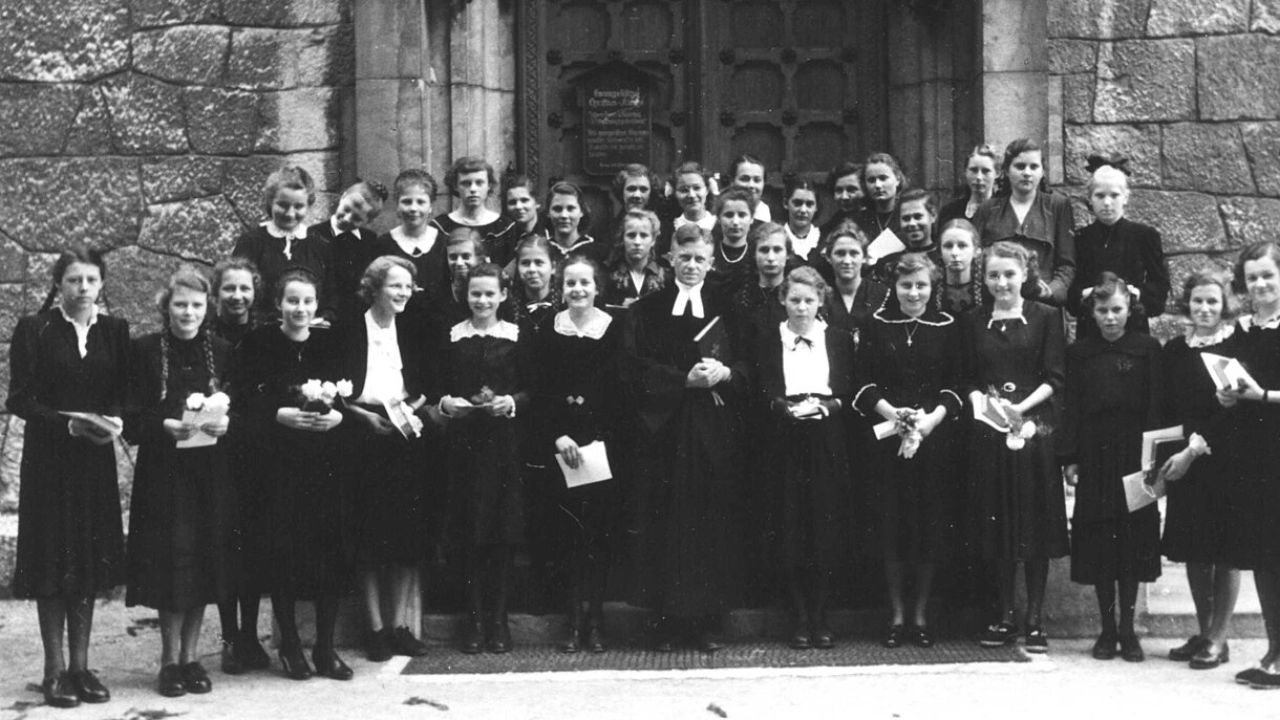Love letters can freeze a moment better than any photo. They carry dates, places, and details you can check, which makes the emotions feel even stronger. From a Civil War field camp to a prison desk and a touring musician’s hotel room, these notes pin big feelings to real timelines. Use this gallery to meet nine famous letters, why they mattered, and the facts that set the scene. Each one shows how paper, ink, and a stamp turned distance into a story.
1. John Keats to Fanny Brawne (1819–1820)
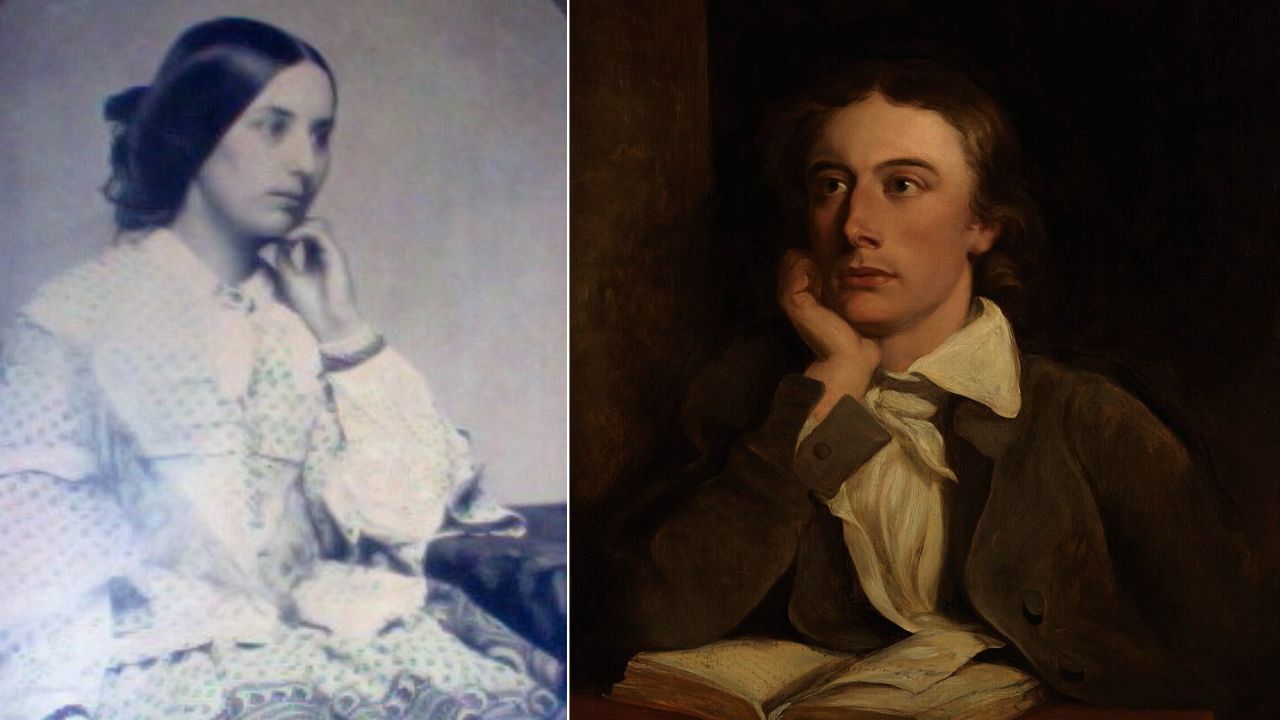
In 1819 and 1820, poet John Keats wrote Fanny Brawne letters packed with urgency, including the line “I cannot exist without you”. He was battling tuberculosis, and he died in Rome in 1821 at just twenty five. The letters, kept by her family and published decades later, show a push and pull between love and illness, with money worries and travel delays keeping them apart. In 1820 he sailed for Italy to seek air, counting her notes as medicine more than any doctor could give. A ring and folded pages became the record of a brief, fierce bond.
2. Beethoven’s “Immortal Beloved” (1812)
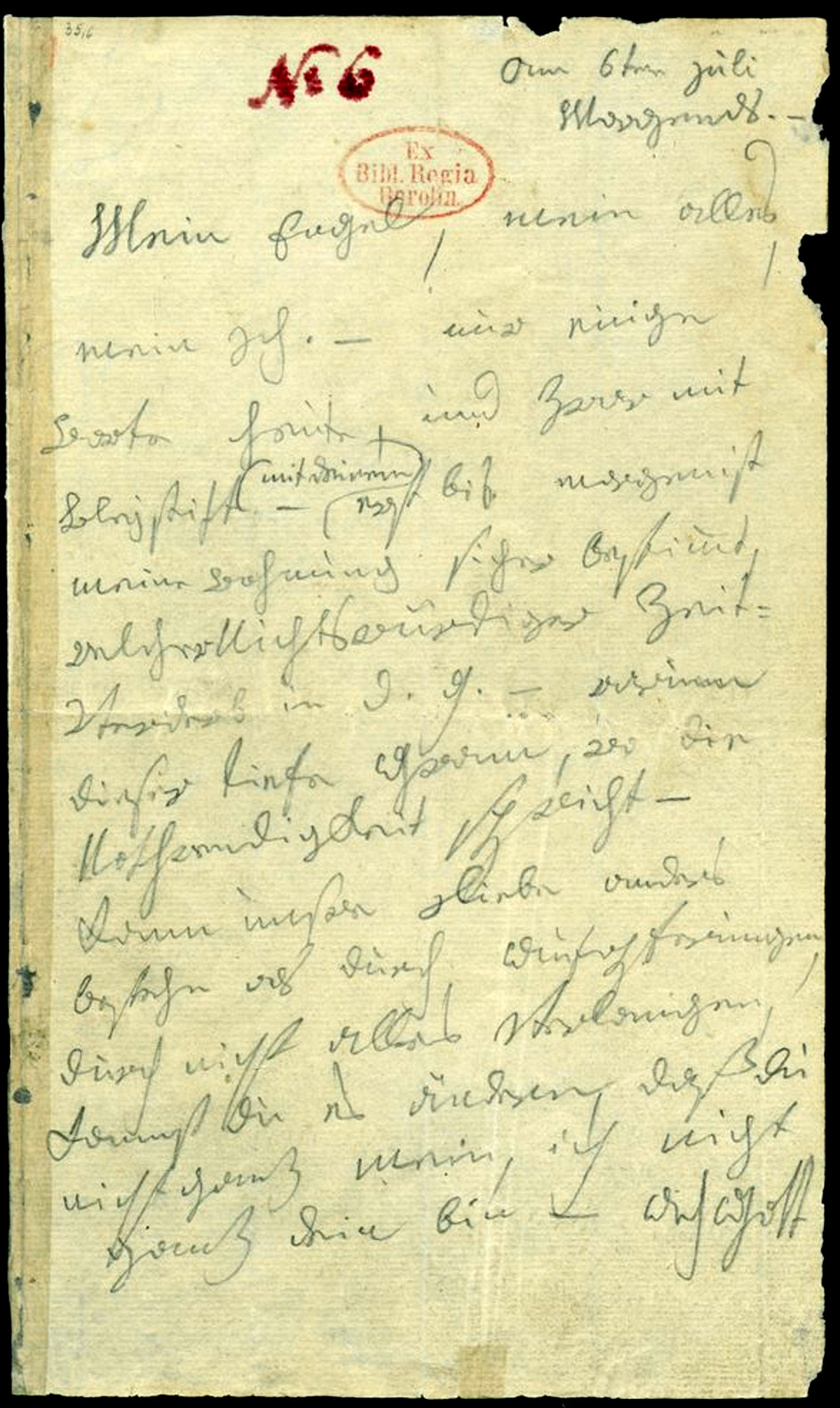
Ludwig van Beethoven’s unsent Immortal Beloved letter dates to July 1812, written over two days while he traveled between spa towns. Discovered in a secret drawer after his death in 1827, it pours out longing and frustration about secrecy and distance. Many scholars name Antonie Brentano as the likely recipient, based on diaries and travel routes that match the text. The closing repeats forever thine, ever mine, ever ours, tying private love to a composer living with worsening hearing and a life run by letters and couriers.
3. Abigail Adams to John Adams (1776)
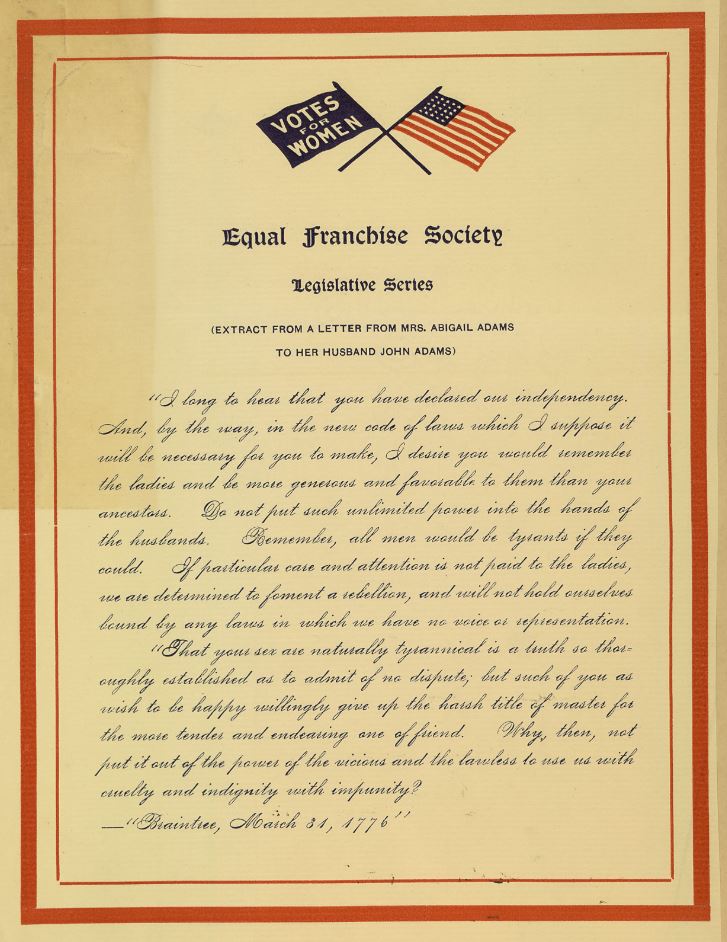
During the Revolutionary years, Abigail and John Adams wrote hundreds of letters while politics kept them apart. In March 1776, she urged remember the ladies, mixing affection with sharp advice on new laws and rights. Their notes balance home news about children and farm work with war updates and the push for independence. The partnership lasted decades, and the paper trail shows how trust and debate built a marriage that outlived campaigns, treaties, and two presidencies in the family. Ink made a long distance household work.
4. Napoleon to Joséphine (1796)
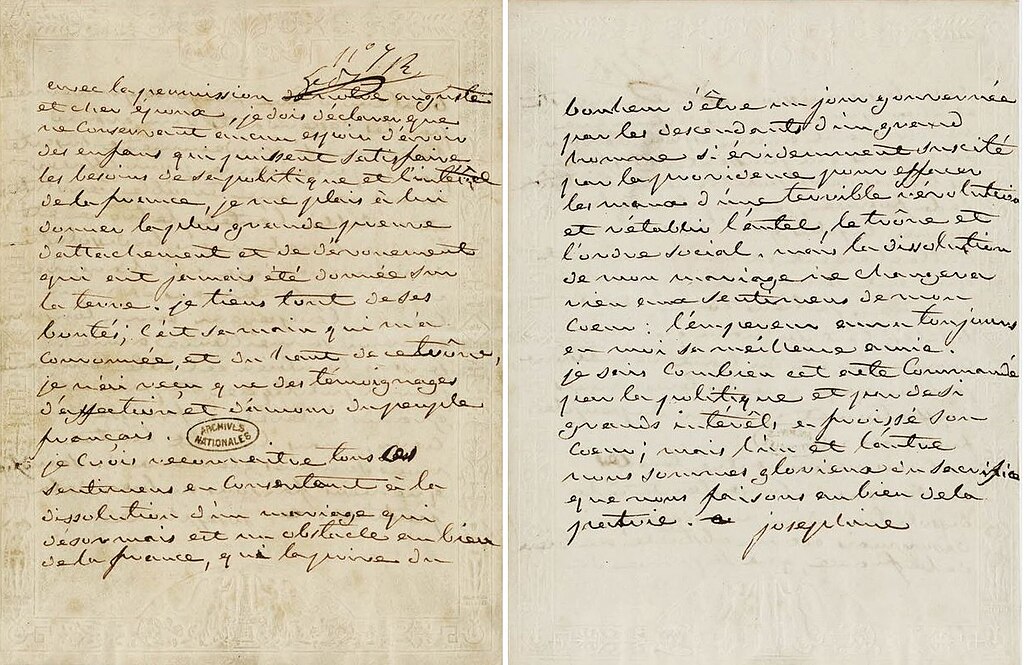
In 1796, fresh from marriage and leading the Italian campaign, Napoleon fired off jealous, tender notes to Joséphine. He complained about delayed replies, wrote about sleepless nights, and promised speedy returns between battles. The tone swings from command to pleading, a general learning that letters travel slower than feelings. By 1810, they divorced for an heir, yet the early messages remain vivid. They fix the timeline of a romance stretched across dispatch riders, sieges, and hurried postscripts that still carry heat two centuries later.
5. Sullivan Ballou to Sarah Ballou (1861)
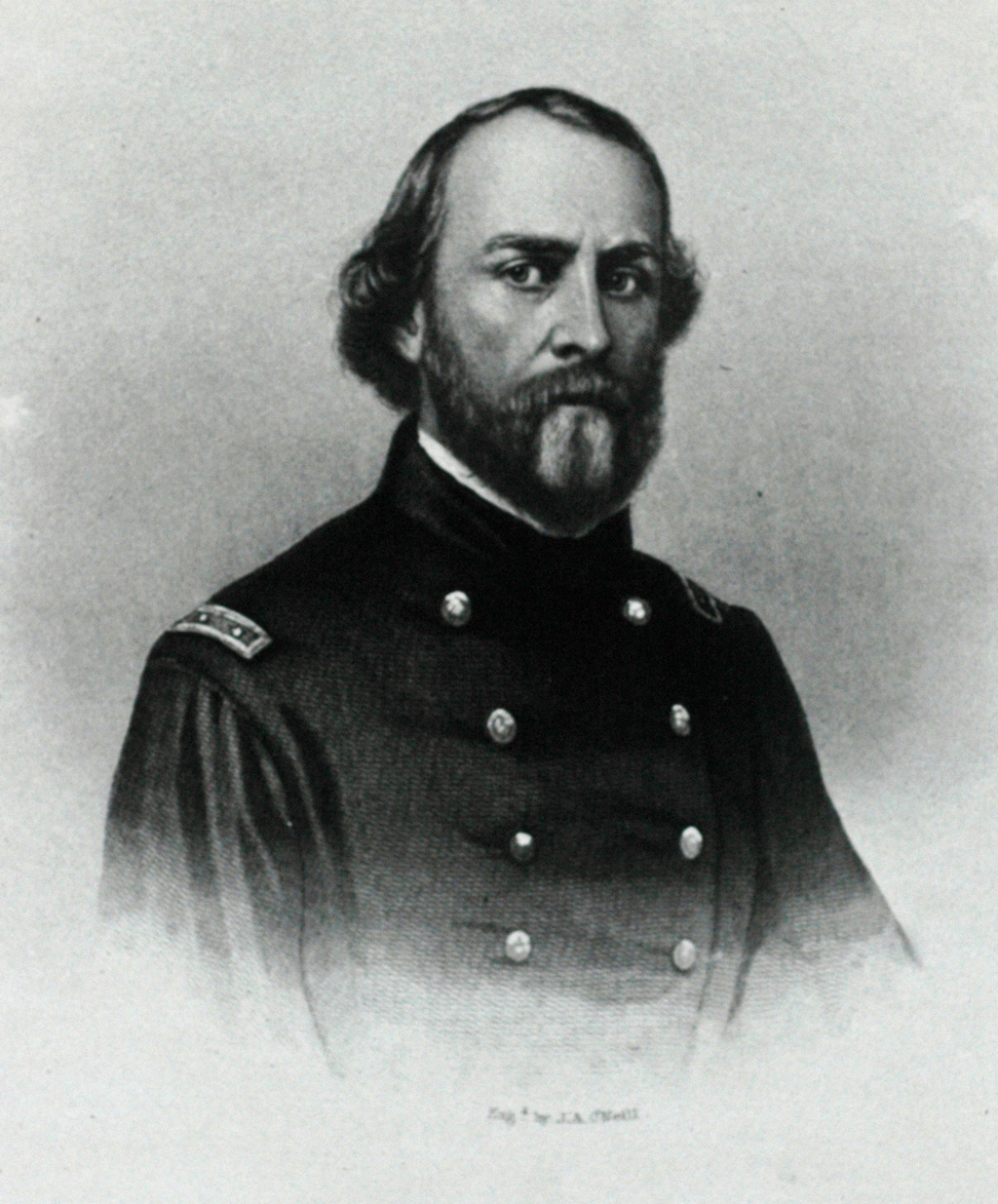
Union officer Sullivan Ballou wrote to his wife Sarah on July 14, 1861, a week before First Bull Run. He explained duty, fear, and love, and he tried to prepare her for the worst while promising he would always be near in spirit. Ballou was killed on July 21, so the letter became a family heirloom and a classroom staple. It resurfaced widely in a 1990 documentary, tying one household’s grief to the war’s first major clash and the human cost of service when orders move faster than peace. Sarah later kept the pages among family papers.
6. Robert Browning to Elizabeth Barrett (1845–1846)
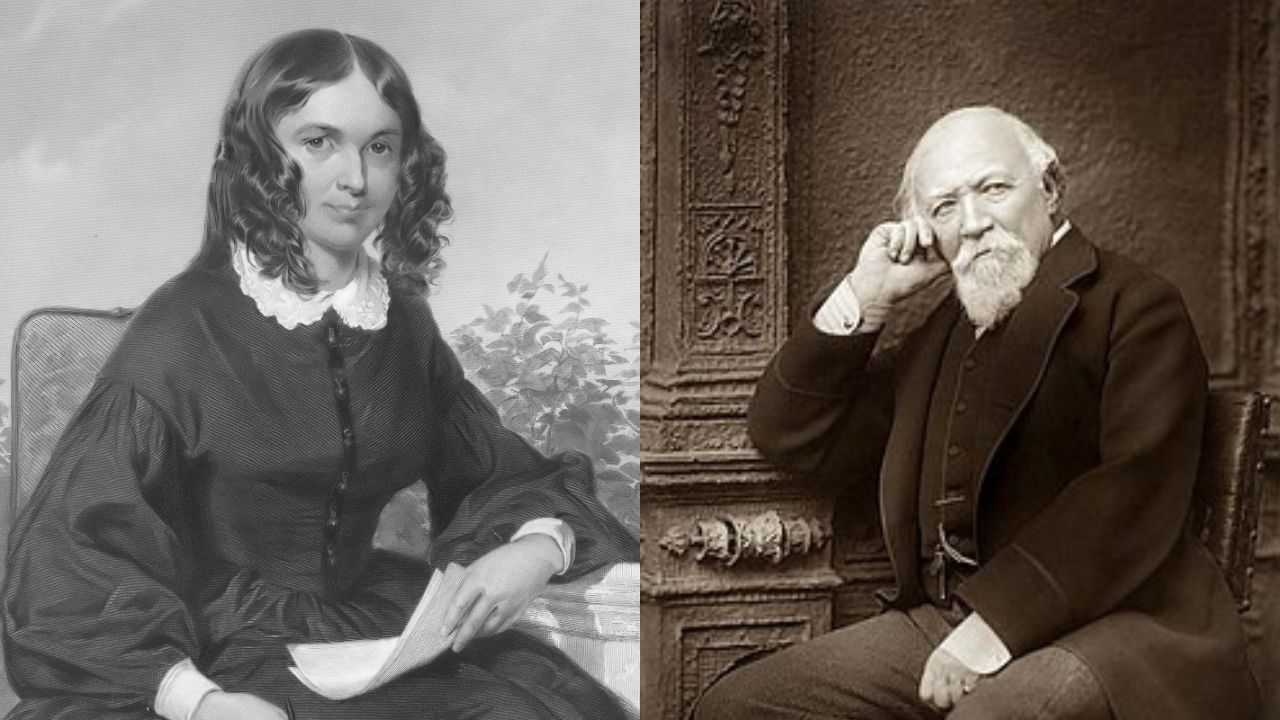
Robert Browning first wrote Elizabeth Barrett in January 1845, praising her poems. A year and hundreds of letters later, they married in 1846 and moved to Italy. Their correspondence charts health struggles, secret meetings, conflicts with her father, and the making of new work like Sonnets from the Portuguese. Each note blends practical plans with literary talk, turning two famous names into a daily schedule of drafts, doses, and walks. The paper record shows how art and love grew together over careful days.
7. Virginia Woolf and Vita Sackville-West (1920s)
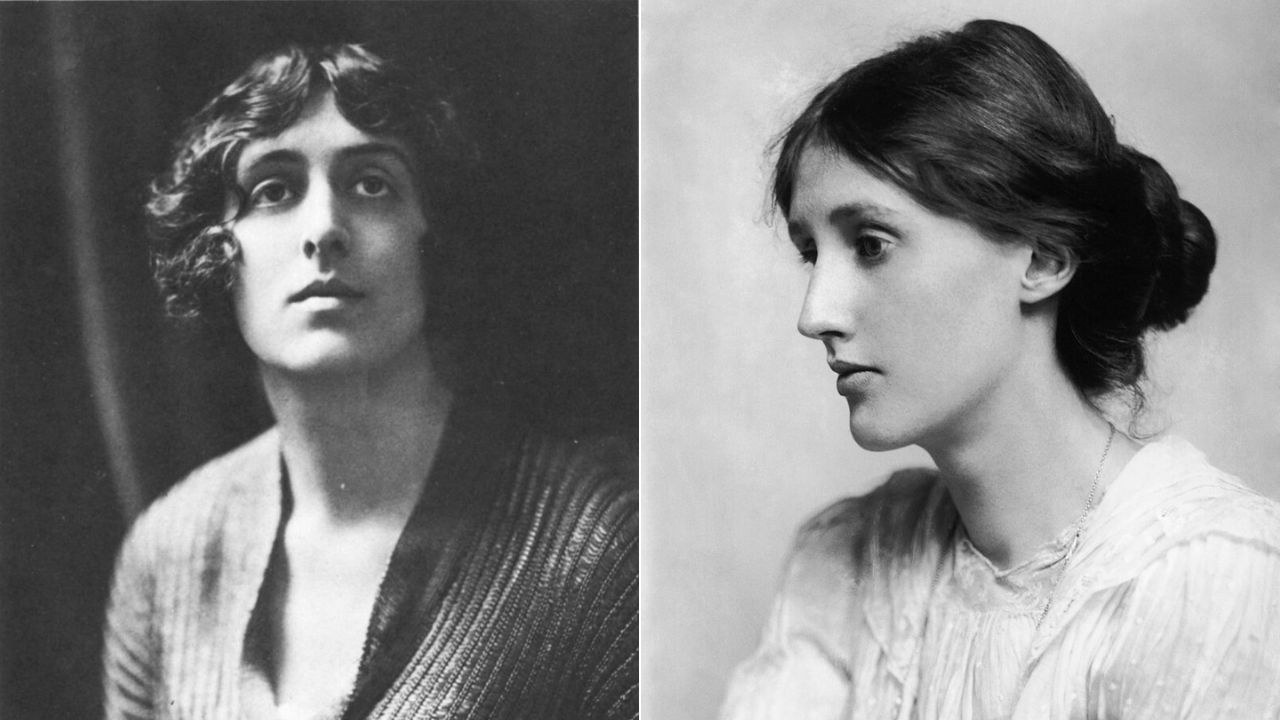
Virginia Woolf and Vita Sackville West traded letters through the 1920s that mixed travel, edits, and desire. In 1928 Woolf dedicated Orlando to Vita, a playful biography built from their bond. Notes jump from gardening at Monk’s House to trains across Europe, then straight to missing you messages that feel immediate today. The letters document how a relationship shaped a major modernist book, with dates and drafts tying emotion to output. Vita won a poetry prize in 1927, and Orlando followed, turning private affection into a public book.
8. Oscar Wilde to Lord Alfred Douglas (1897)
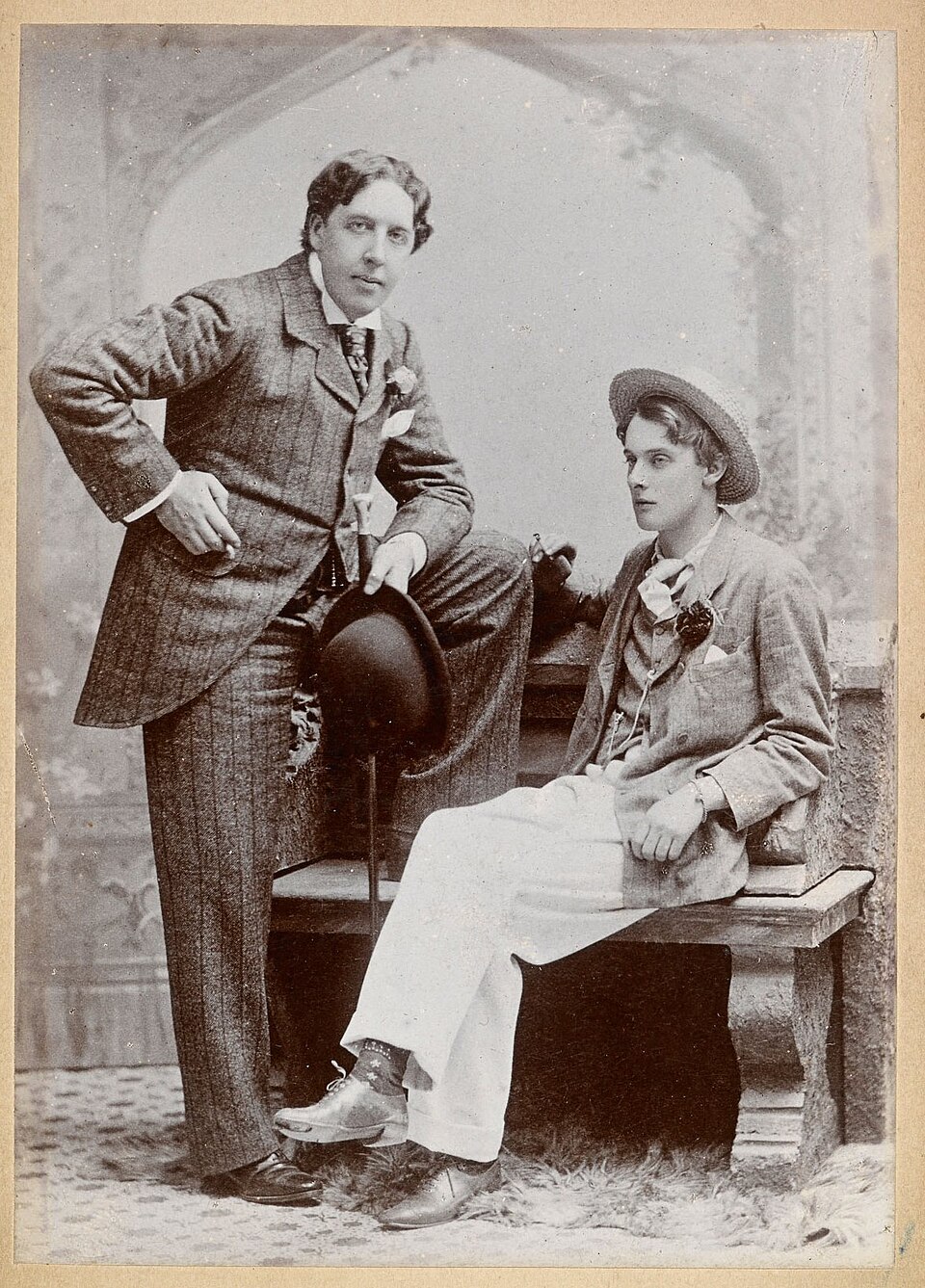
In 1897, in Reading Gaol, Oscar Wilde wrote De Profundis to Lord Alfred Douglas, a long letter reflecting on their stormy years. It records money fights, trials, and prison routines, then admits love and anger in the same breath. Running roughly fifty thousand words, it reads like a reckoning more than a valentine, yet it remains a love letter because it insists the bond mattered. Edited versions appeared after his release, but the prison date and cell number press the reality onto every page. The title means from the depths.
9. Johnny Cash to June Carter (1994)
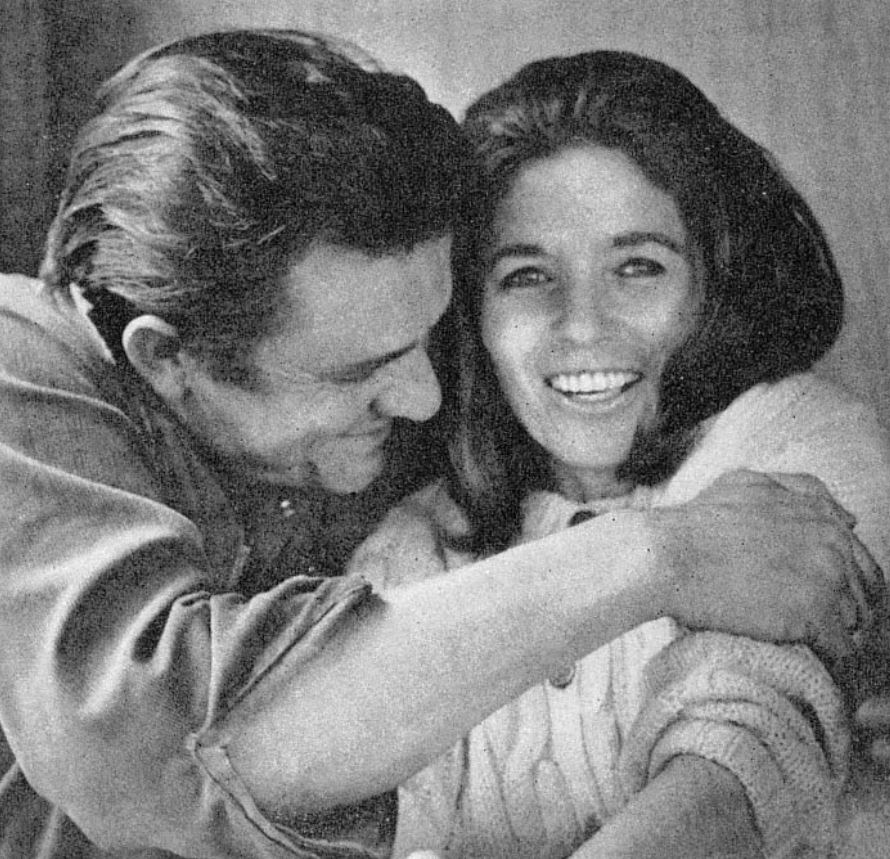
For June Carter’s birthday in 1994, Johnny Cash wrote a short letter calling her the only person he was ever truly in love with. They had married in 1968 after years of touring together, raised a son, and weathered health scares. The note praises her kindness and steady help, then signs off with gratitude and hope for more time. Often reprinted, the dated message reads like a late chapter in a long duet that ended in 2003, the year both died months apart.
